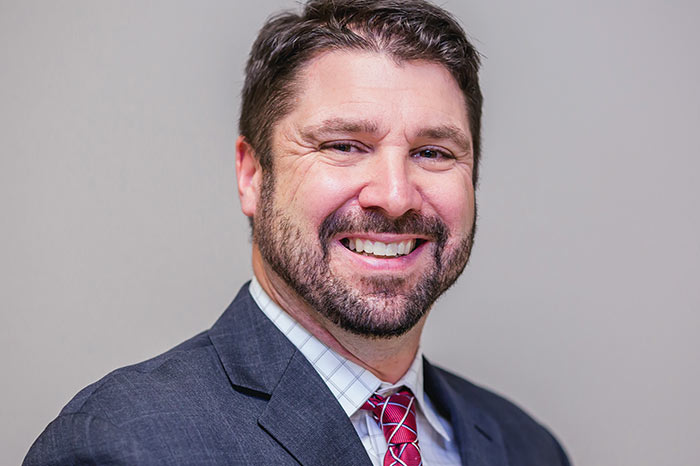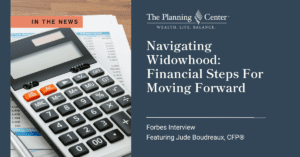by Michael Branham, CFP®

While not the only (or even most important) aspect of a financial planner’s value proposition, portfolio management services may be the most visible to clients. There are a couple of great articles from TPC advisors such as Andrew Sivertsen’s blog describing TPC’s investment philosophy, and Andy Baxley’s blog that discusses the process by which we help each client assess their risk tolerance, to highlight but a few. Each deals with an important stage of putting together an individual investment approach. With the foundational work outlined in those articles complete, we then begin the process of matching various aspects of your overall portfolio to your goals and objectives.
We tend to talk and think about a “portfolio” as a pool of financial assets with a common investment objective. In reality that’s not usually the case. While the term “portfolio” may ubiquitously describe the sum of your investment parts, the distinct components often have very different purposes. Many clients are investing towards multiple goals, and each requires independent examination.
Take, for example, the professional couple raising 2 kids while finding a balance between work and life. They may be thinking about education planning, retirement planning, buying a house (or a second property), establishing an emergency fund, and funding a lifestyle of travel and experiences along the way. With so many competing interests for each available dollar, we would be hard-pressed to have a uniform approach to saving for each goal. We work with you to consider several factors, including:
- Time Horizon- the amount of time between when one begins saving, and when the goal is to be achieved, weighs heavily on how to invest that “pool” of money. In the scenario above the young couple may have decades before retirement, and can afford to take on a higher level of risk related to that aspect of the portfolio, at least for now. Even with market fluctuations, they should have ample time to allow their money to work on their behalf. Alternatively, if they’d like to purchase a house within the next five years they will need to build a fund for the down payment. Common sense tells us that a high-risk portfolio for money needed in such a relatively short period may require a different approach.
- Risk Tolerance/Prudence- I strongly encourage you to read Andy Baxley’s article (referenced above) on how we think about your risk tolerance. While often related to time horizon, some clients are simply unwilling to take the same risks while saving for different goals. Emergency reserves are a great example- as difficult as it might be to see low yields on bank savings, the dollars allocated to this goal are purely designed to sustain cash flow in case of a job loss or to pay larger bills that are expected but hard to anticipate with respect to timing. Taking the same level of risk with your emergency fund as you would with your retirement savings lacks prudence, even though there’s no specific end date for the potential need.
- Priority- Developing a sound investment philosophy isn’t just about how dollars are invested once they reach a specific account, but also about how to allocate dollars to reach your various goals. Discretionary cash flow is rarely infinite, and you often have to prioritize to which goals you’ll allocate monthly savings. For now, you might choose to focus on the education planning goal, or the goal to establish your emergency reserves. While not necessarily or entirely at the expense of longer-term goals, these short(er) term goals can often benefit from immediate attention. We’ll have discussions regularly about progress towards specific goals, and when it’s time to shift priority away from one goal and towards another.
It’s very difficult to meet your investment needs with a “one size fits all” or “set it and forget it” approach. And with your goals evolving, even an agreed-upon approach today may require adjustments and tweaks tomorrow. This is yet another example of financial planning as an ongoing process, not a one-time project or product completed in a snap-shot of time. Work with your planner to review your goals often, and to ensure the correlating dollars allocated to those goals are still appropriately invested and prioritized given the information at hand.

Michael Branham, CFP® is a Sr. Financial Planner in the Alaska office of The Planning Center, a fee-only financial planning and wealth management firm. Email him at mike@theplanningcenter.com.





